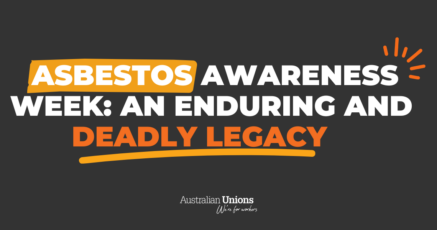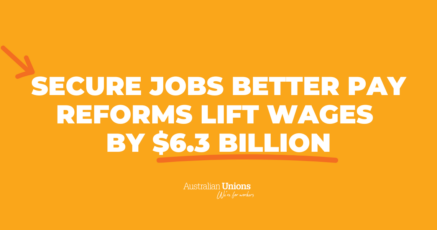Among the many statistics and figures which are circulated daily in Australia to measure and assess the response to the current Delta outbreak, numbers associated with intensive care capacity have become increasingly significant. Numbers of patients currently in ICU, of spare ICU beds, and of available ventilators, have featured alongside case, test and vaccination numbers in the daily media cycle, often by politicians keen to describe their healthcare systems as not yet “overwhelmed”.
As with other aspects of the pandemic response, overly relying on these types of figures to interpret the capacity of the healthcare system runs the risk of overlooking crucial aspects of how intensive care, and indeed healthcare in general, functions. It risks the fundamental error of conflating medical care with the physical resources used by healthcare workers – while leaving out the workers themselves, who are the irreplaceable heart of the system itself.
Even where there may be sufficient ventilators or beds to accommodate patients, the human capacity to provide care can still be well over capacity, and that kind of “overwhelm” is one that is less readily captured in a single number.
Well before the latest wave, shortfalls of staff in specialties across the healthcare sector were leading to increased pressure and burnout, in turn increasing staff turnover in fields already lacking sufficient resourcing. In states facing current outbreaks, that existing state of strain has been pushed further across the board, with staff and resources being redistributed across regions and specialties to meet the surge. But, NSW Secretary of the Health Services Union Gerard Hayes told the Guardian, that promises of surge staff “had not really eventuated” and paramedics, nurses and doctors were fatigued.
The psychological strain on workers has been relentless, and with mental healthcare itself a strained and under-resourced sector, healthcare workers have faced the same shortfalls in accessing much-needed psychological care and support as the wider population.
Not only do the simple figures reported in press conferences regularly leave out these kinds of details, but the figures themselves are not fit to capture the extent and shape of the challenges being faced.
Last month, National Cabinet heard that there was a significant mismatch between the numbers of beds and ventilators which could be made available for COVID-19 patients and the far lower number of available staff who could provide care. Meanwhile, while Berejiklian has claimed NSW has “quadrupled” its ICU capacity during the pandemic, this claim does not match available evidence, with no explanation provided by the NSW government.
Similarly, it was reported last week that NSW’s hospitalisation figures have been skewed further by the increasing practice of providing “hospital level care” for sub-acute patients at home. This has been an adaptation to help accommodate increased need while maintaining hospital facilities for more acute care, yet this reflects the paradox which adaptation can create. More broadly, the healthcare system has adapted by deferring non-urgent but essential care and surgery for many conditions, “displacing” more patients into more severe categories as they are forced to wait longer for care. In doing so, this places additional burdens on emergency rooms and on paramedics, as well as deferring health problems into the future at the expense of patient health.
If hospitals are deemed to not be overwhelmed based on narrowly calculated metrics, which exclude adaptations that are already being made to help defer a crisis, this is not a sign that overwhelm is in the future – rather, it is already here.
This week, the strain on nurse-to-patient ratios was raised by hundreds of NSW ICU nurses as an imminent threat to patients. In an open letter to Premier Berejikilan, the signatories stated that “ICUs were in crisis prior to the current COVID-19 pandemic” while “the added demands … are forcing our clinical workforce to the brink.” The letter points to the dangerous false economies of increasing capacity through understaffing, including adaptive staffing by non-specialists, practices that place patients and staff at further risk and threaten standards of care.
The failings which have led to this point reflect the larger problem of approaching healthcare as a quantifiable commodity. While plant and facilities are important, the healthcare workers using them are far more so, and they cannot simply be bought or sold. Through their care and expertise, these workers contribute a value that is beyond profit, and their skills are borne of years of training and practice, long-term investments of labour and dedication which cannot be retrofitted or patched up in the face of a crisis. It takes a genuine commitment to the concept of public health as public good – not narrowly in terms of investments and profits, but in a more profound sense of committing to the value of human flourishing, and to the systems of human care which make that possible.








SHARE:
Impact on healthcare workers overlooked in a pandemic defined by numbers